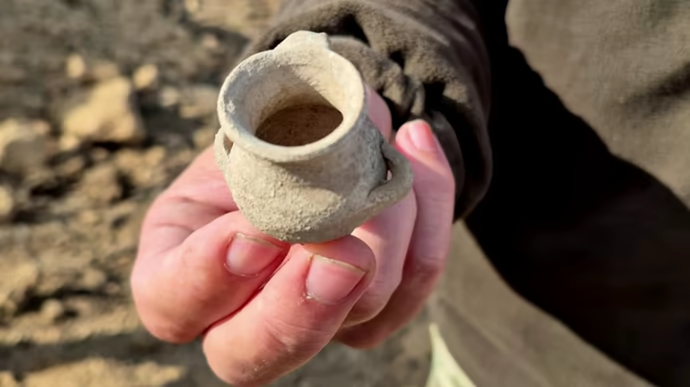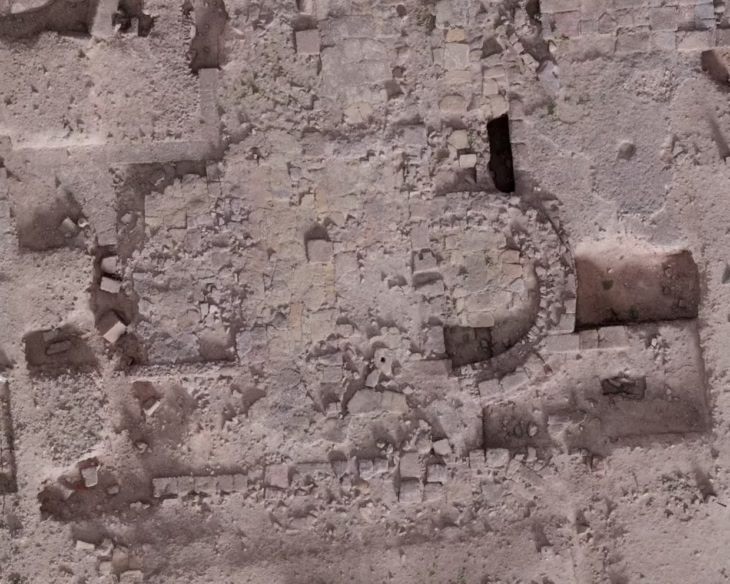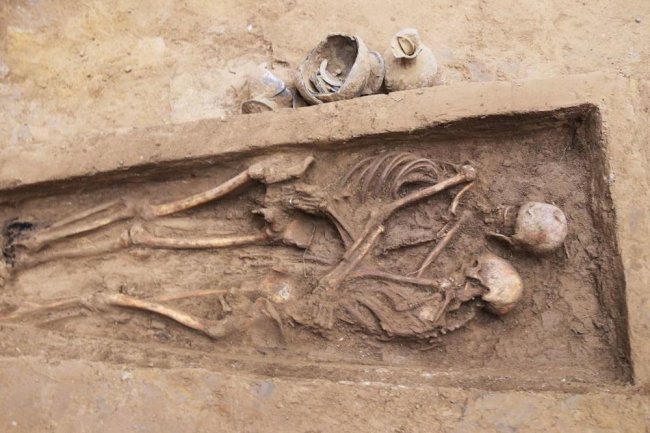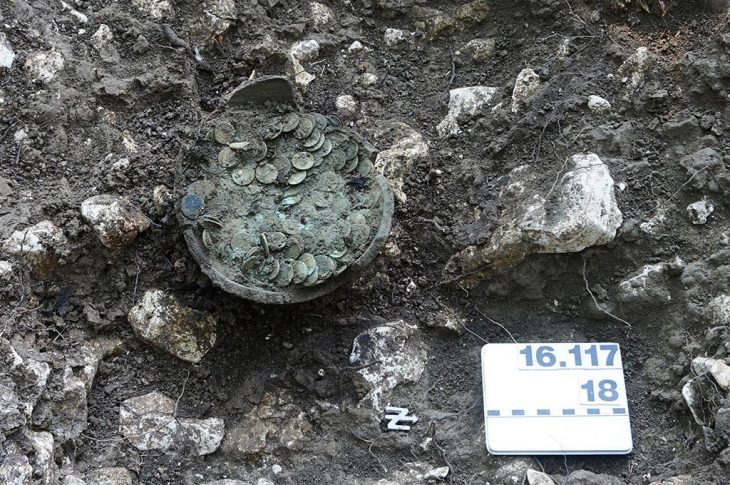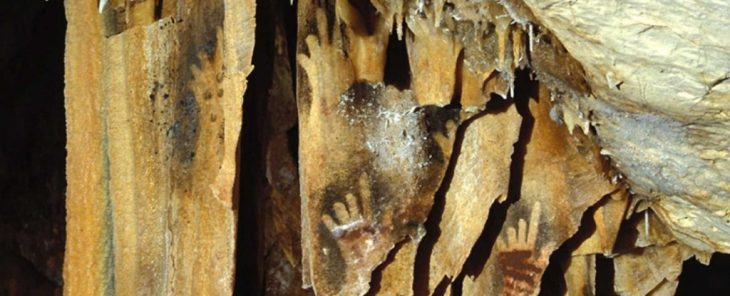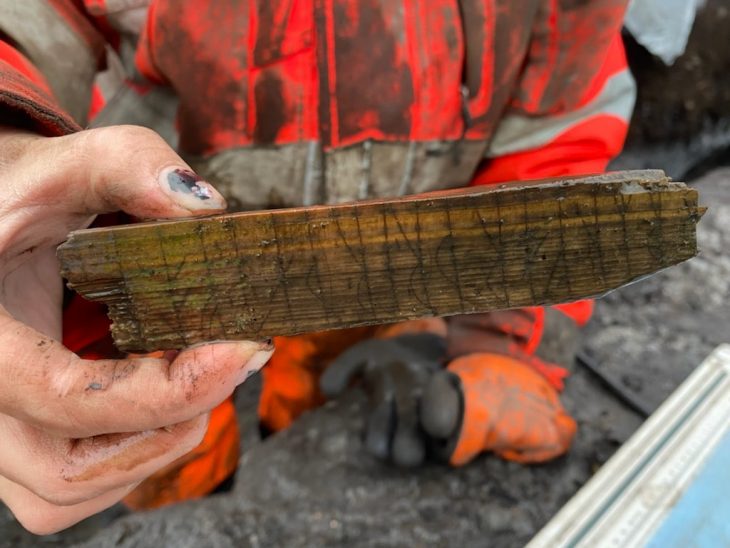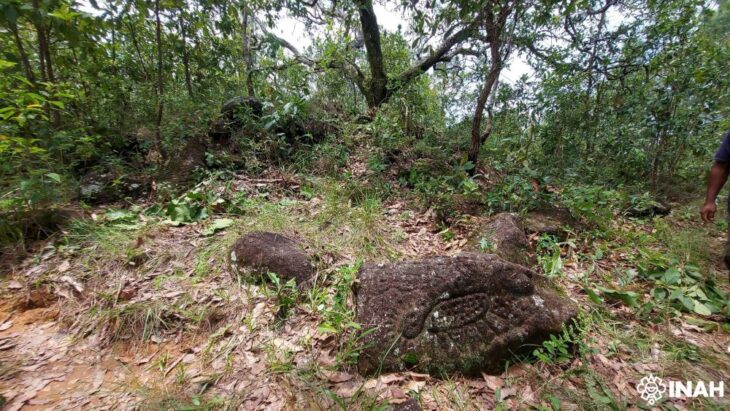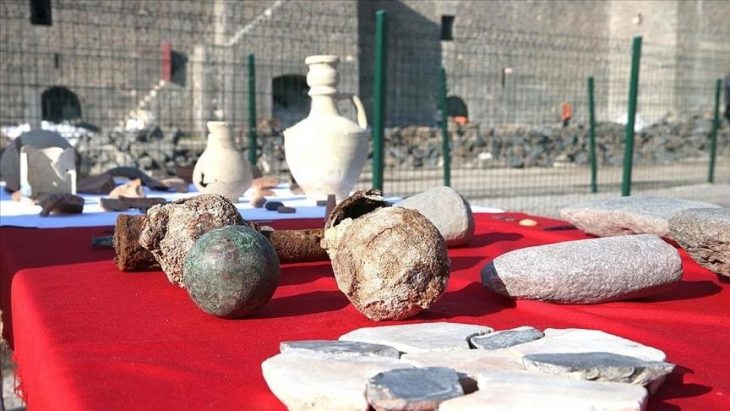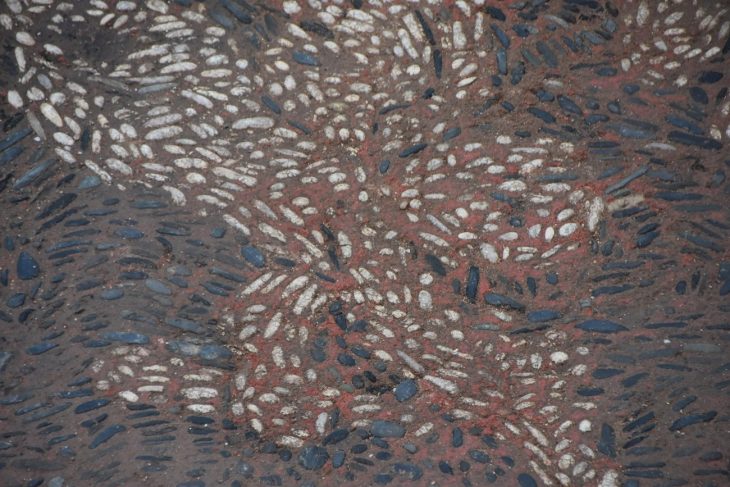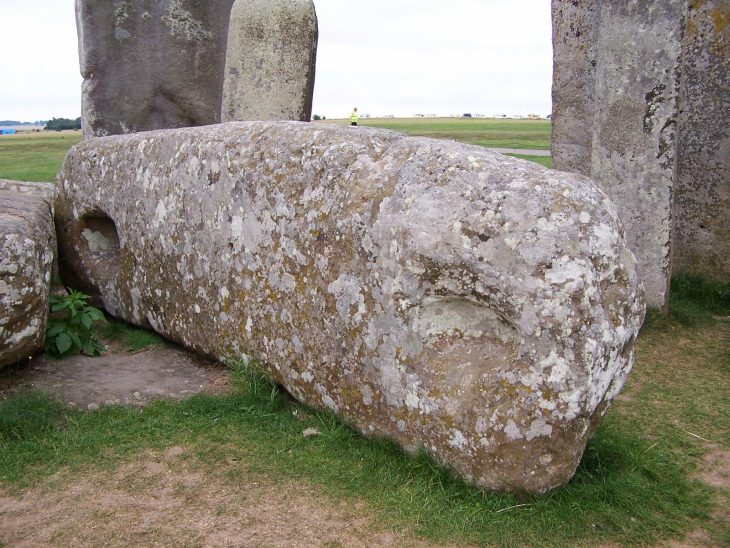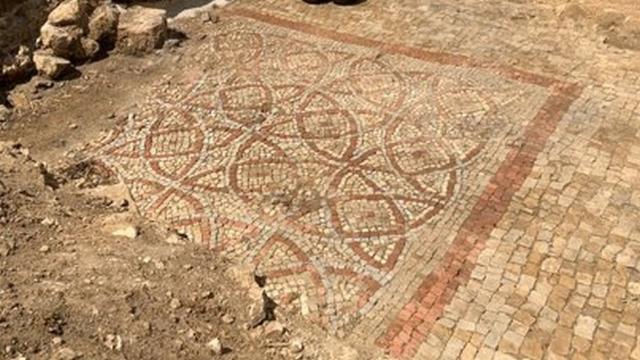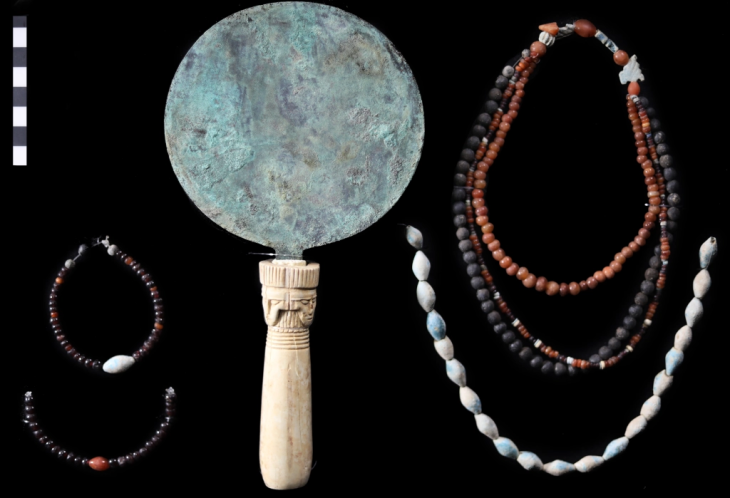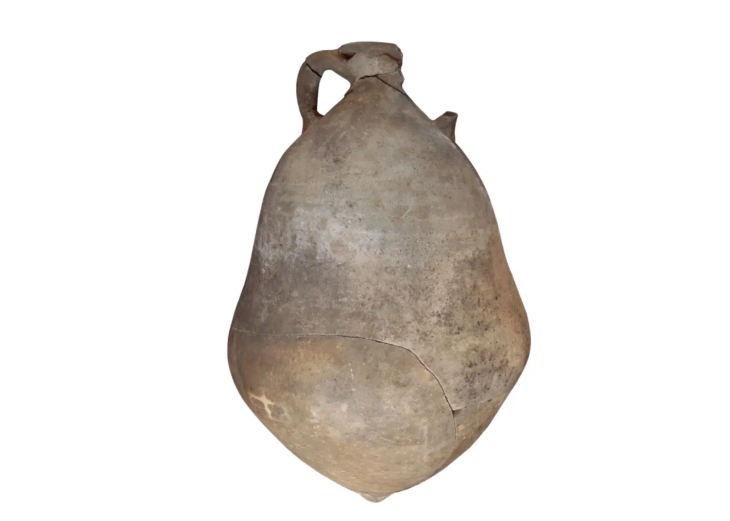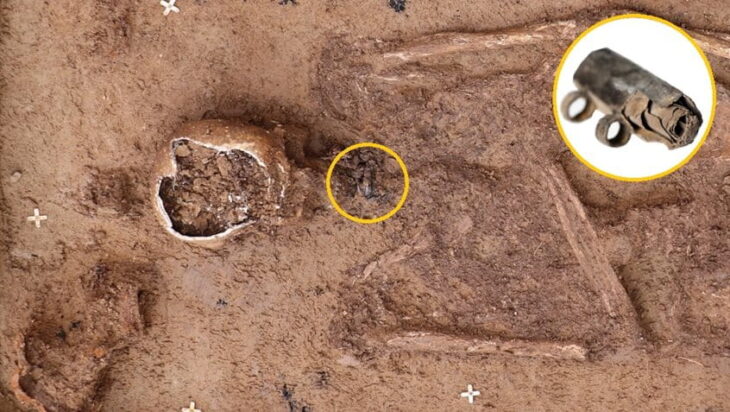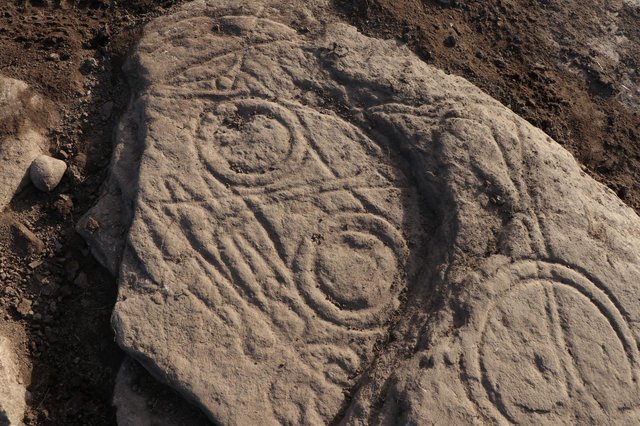In a remarkable archaeological find, soldiers from the 123rd Territorial Defence Brigade have uncovered an ancient burial site dating back to the 6th–5th centuries BC while constructing military fortifications in southern Ukraine.
The discovery began when Mykola, an excavator operator, unearthed a small amphora during excavation work. Recognizing its potential significance, he promptly reported the find to his colleague Yevhen, who has a strong interest in history. The two soldiers subsequently delivered the artefact to the Staroflotski Barracks Museum for further examination.
Museum experts confirmed that the amphora is of Ionian origin, specifically crafted for ritualistic purposes associated with burial ceremonies. This find indicates the site’s historical importance as an ancient burial ground.
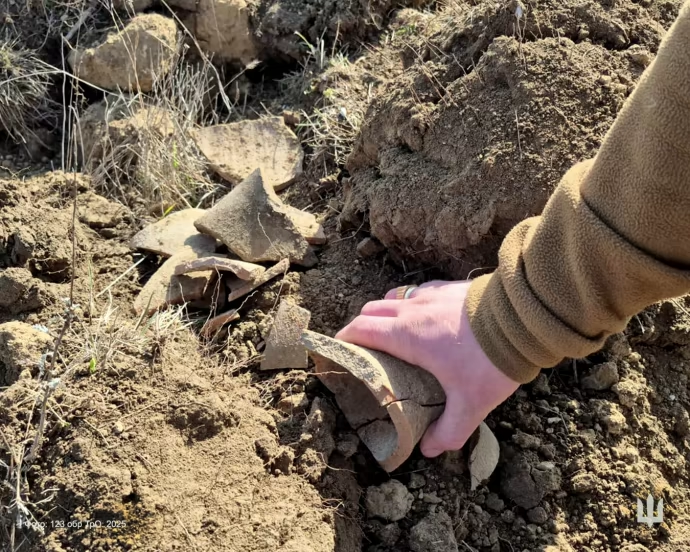
In addition to the amphora, the team also discovered an oinochoe, a distinctive ancient Greek jug characterized by a single handle and three spouts, traditionally used for pouring wine during symposia—social gatherings that featured feasting and entertainment among aristocratic men.
Oleksandr, a former archaeologist and current military serviceman, commented on the significance of the findings, stating, “These are ritual objects made specifically for burials and brought from Greece. The intact condition of the vessels suggests that the individuals interred here likely held a high social status.”
📣 Our WhatsApp channel is now LIVE! Stay up-to-date with the latest news and updates, just click here to follow us on WhatsApp and never miss a thing!!
Alongside the pottery, human skeletal remains were also recovered, offering researchers a valuable opportunity to delve deeper into the history and culture of the region’s ancient inhabitants. This discovery not only enhances archaeological knowledge but also sheds light on the customs and daily lives of people who lived in this area over two millennia ago.
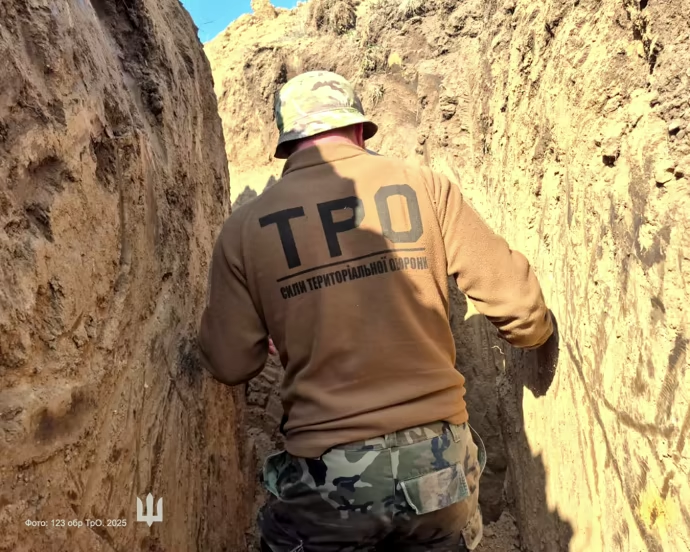
The excavation site, located in Mykolaiv, a coastal city on the Black Sea, is believed to have been settled by various groups, including Greek city-states, between 1,000 BC and 400 BC. The artifacts and human remains have been entrusted to the museum, marking a significant contribution to the understanding of the region’s rich historical tapestry.
123rd Territorial Defence Brigade on Facebook
Cover Image Credit: 123rd Territorial Defence Brigade

